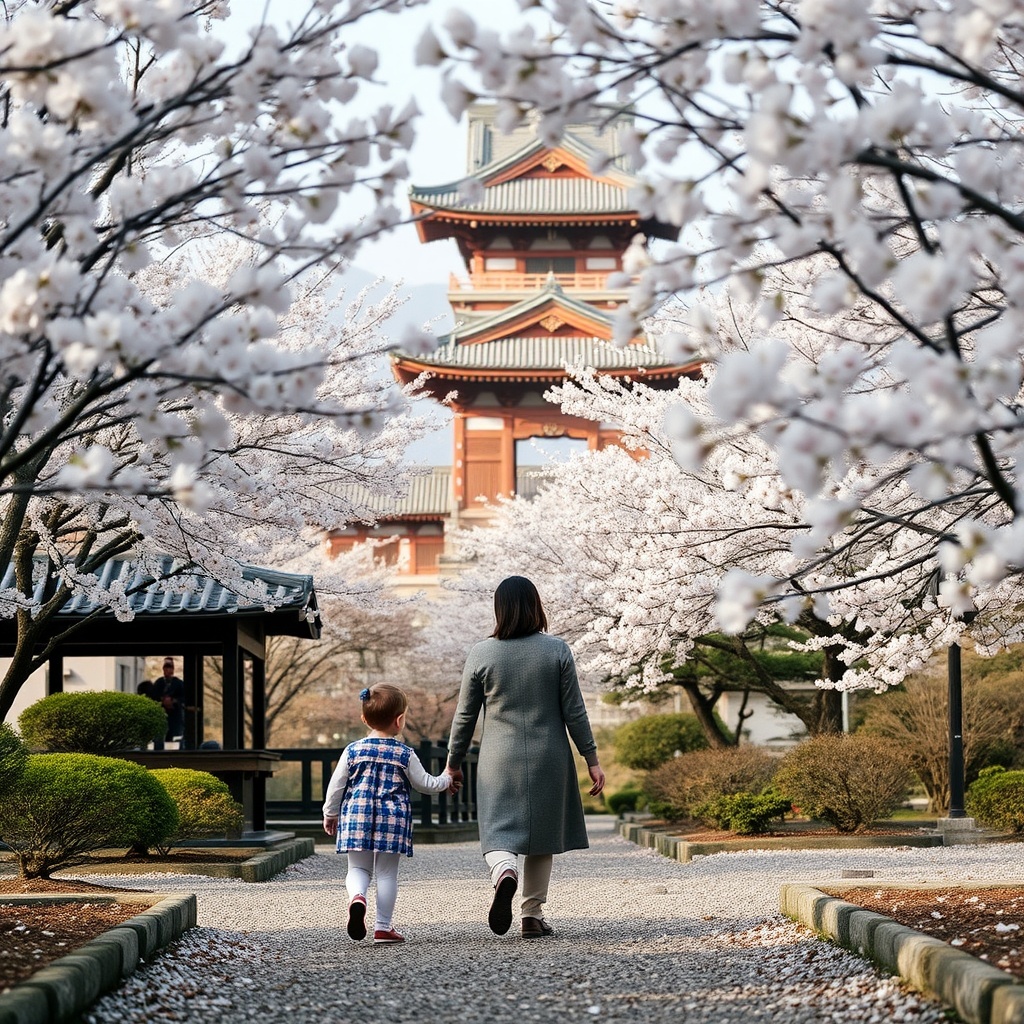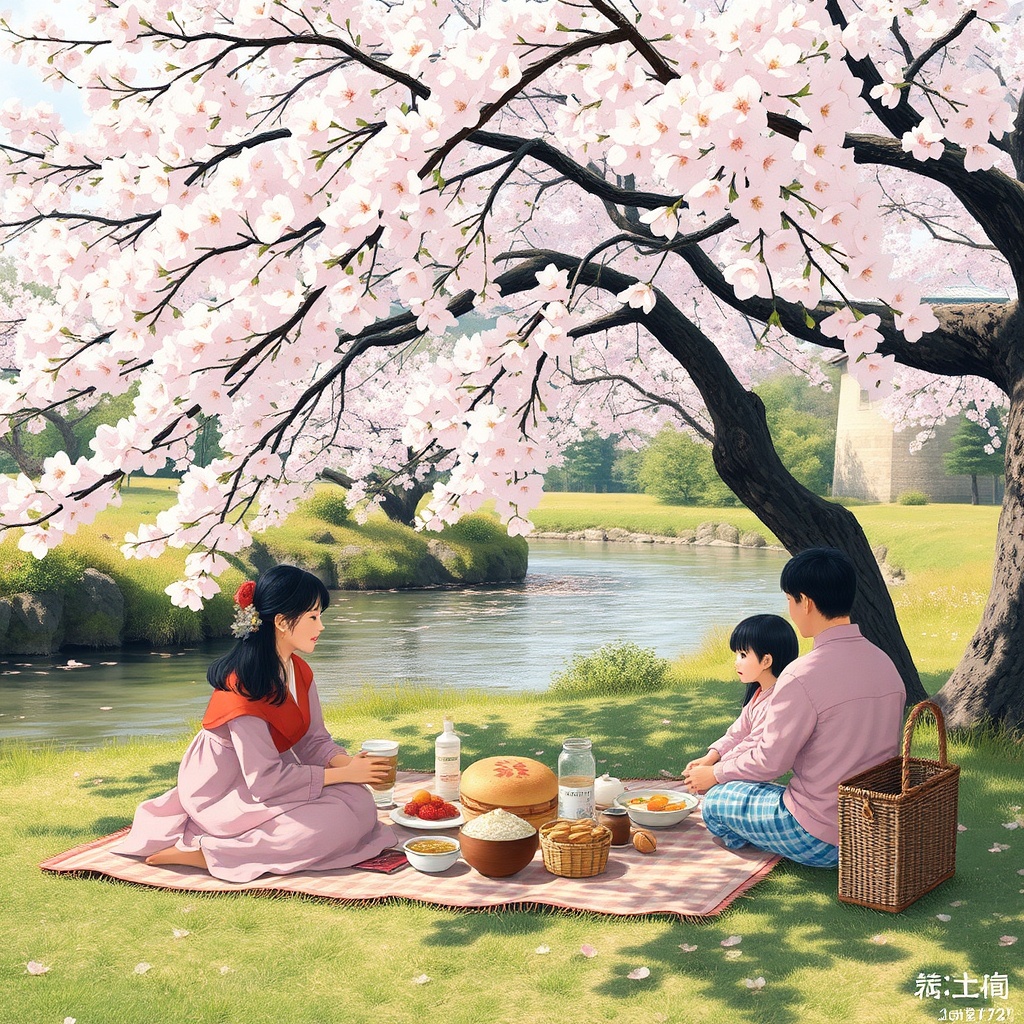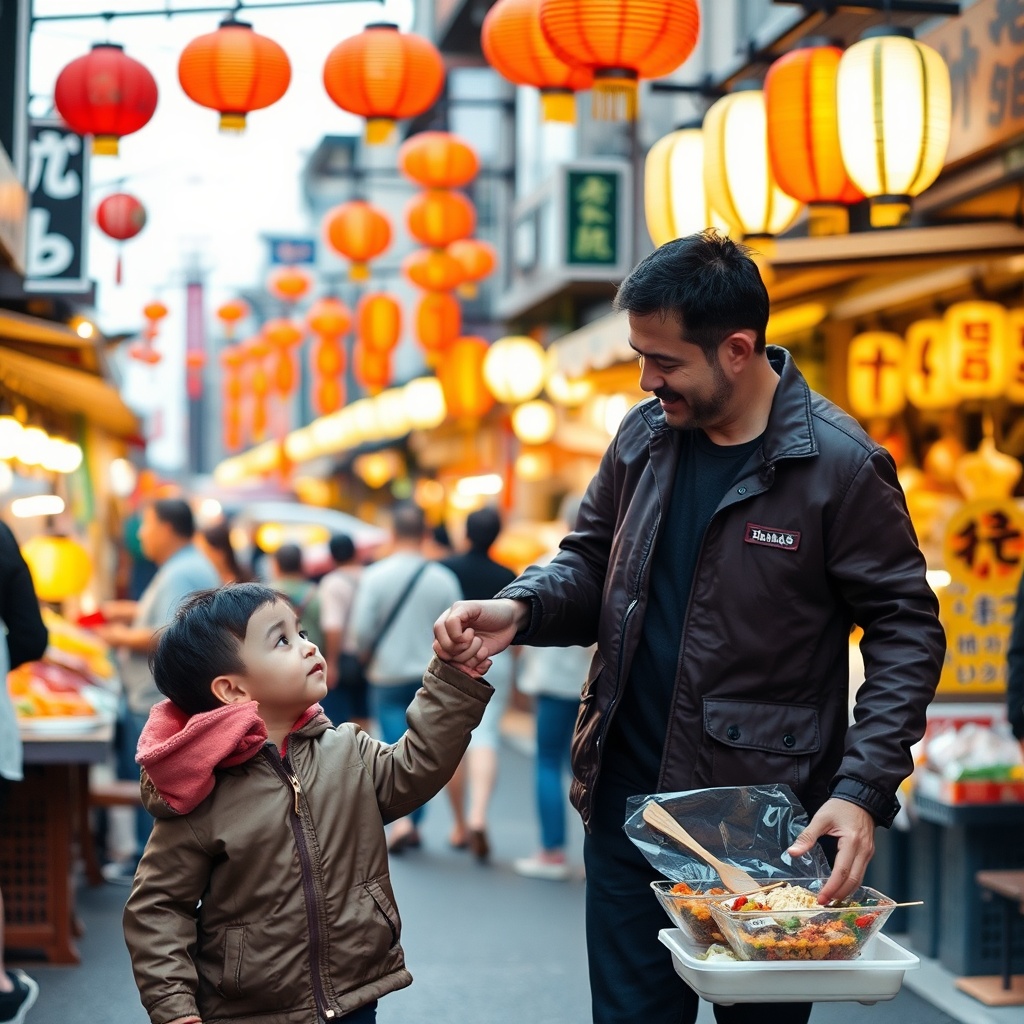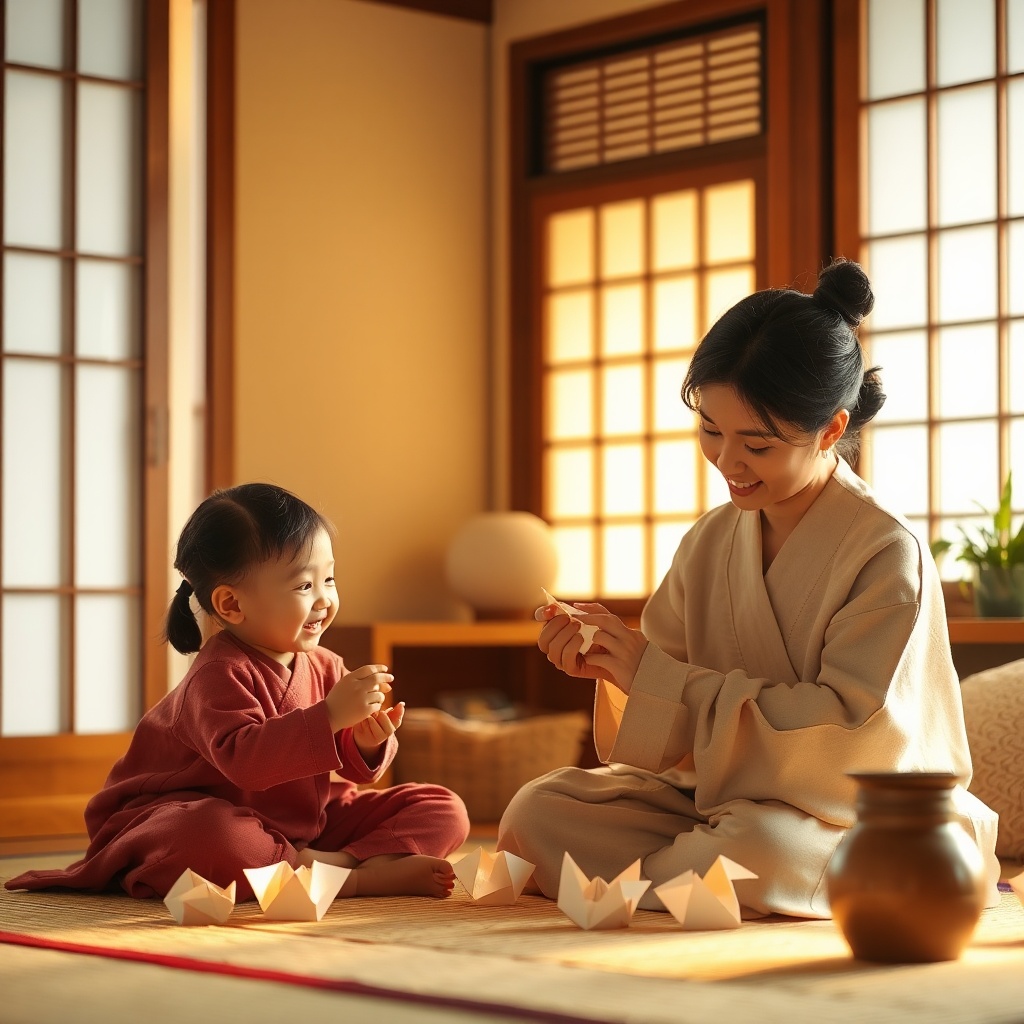Embracing the Loudness: Life with Kids in Japan
Win a Free Trip to Japan!
Experience cherry blossoms and ancient temples
Living in Japan as a parent can be a rollercoaster ride, especially when your little one is bursting with energy and volume! My son, who moved to Japan when he was just four months old, is now a vibrant four-year-old who communicates at full volume. Whether he’s declaring, “Mum, I think I broke my leg!” or “Mum, I want a banana!” he somehow manages to use the same decibel level for both. It’s quite the experience!
Recently, I had a lovely chat with another mum who was preparing to move to Japan with her rowdy little ones. She asked me, “Do you feel like your kids are accepted in Japan?” To put it simply, yes! The Japanese culture is incredibly welcoming, and while there are different social norms to navigate, it’s all manageable. Just like I mentioned in my post about “Reasons to Take Your Kids to Tokyo Now,” Japan truly is a magical place for families.
Finding Your Groove
When we first relocated to Japan, I was brimming with confidence. After all, I had tackled culture shock decades ago and could speak the language. I thought, “This will be a walk in the park!” But oh boy, was I in for a surprise! It took a little while to find my groove in this new environment. I documented these mini-hurdles as we adjusted to life in Tokyo with kids. I even wrote about the things that kept me awake at night before our big move.
Navigating Restaurants
Now let’s talk about restaurants—this can be a tricky territory for parents. We’ve found that choosing kid-friendly dining spots, like those with high chairs, makes life a lot easier. Pro tip: always bring along some distractions like stickers, an iPad, coloring books, or play dough. These little treasures can make the wait for food feel like a breeze!
When your little ones are old enough to understand, it’s also helpful to have conversations about expectations. For instance, you might say, “Let’s run around at the park first, and then we’ll sit in the restaurant while we eat.” This little strategy can work wonders!
If your kids aren’t quite “restaurant ready,” consider dining outside of peak hours. Eating dinner at 5 PM or lunch at 11 AM can mean a quicker in-and-out experience. Plus, there will be fewer people around to worry about! Japanese dining customs are quite traditional, so venturing outside the typical meal times means you can avoid the rush and long waits.
Another fantastic option is to explore depachika—those mega delis found in the basements of major department stores. They offer every kind of food you can imagine at reasonable prices. Grab some goodies and have a picnic in the park, like Yoyogi Park, which I rave about in my “Harajuku with Kids” blog post. This option is also perfect for picky eaters!
- Casual Dining: For less formal dining where kids can be a bit louder, try western-style diners like Gusto or Royal Host. They have menus that appeal to kids and a relaxed atmosphere!
Mastering Public Transport
Now, let’s hop onto public transport! Taking the train or a cab can be an adventure. We’ve found that removing my kids’ shoes helps ease any worries about little wiggly feet touching the seats. We also have big chats at home about using our “inside voices.” It’s not perfect, but it’s a work in progress!
There’s a common myth that talking on the train is strictly forbidden, which can add extra pressure to parents. Let me assure you—it’s more about being courteous than a hard-and-fast rule. So, if your child gets a little boisterous, as long as you’re trying to keep things in check, you’re doing just fine! If you’re feeling anxious, a little candy in your pocket can go a long way in bribing quietness during train rides!
Accepting the Chaos
It’s essential to remember that kids are kids, and they’re bound to have their moments. I’ve seen plenty of wild Japanese children too! Parents, especially mothers, often try to maintain their composure in public situations. If they need to address their child’s behavior, they usually wait until they’re away from the public eye.
When my double stroller is loudly rolling through Shibuya with one kid singing and the other crying out for food, I find humor in the chaos. It helps to imagine telling my friends about our “wild parade” later, laughing together rather than crying!
Cultural Understanding and Kindness
One delightful aspect of parenting in Japan is witnessing the community’s understanding. Parents who are visibly trying to manage their children’s behavior often receive grace and forgiveness from those around them. It’s a beautiful reminder that, in a collectivist society, effort is valued, and kindness is abundant.
Sometimes, practicing quiet behavior ahead of time helps, and it doesn’t hurt to sprinkle in some Japanese phrases, like “Gomennasai” (I’m sorry) or “Meiwaku o kakete gomennasai” (I’m sorry for the trouble). These phrases can go a long way in easing any tensions with those around you.
In Conclusion: Embrace the Adventure!
So, whether you’re navigating noisy restaurants, public transport, or the occasional loud outburst, just remember: kids are kids! Don’t sweat the small stuff, and embrace the adventure of parenting in Japan. With a little humor, cultural understanding, and a dash of patience, you and your family will thrive in this vibrant country.
And always remember—smiles and friendly body language can bridge any gap, making your family feel right at home in Japan!




